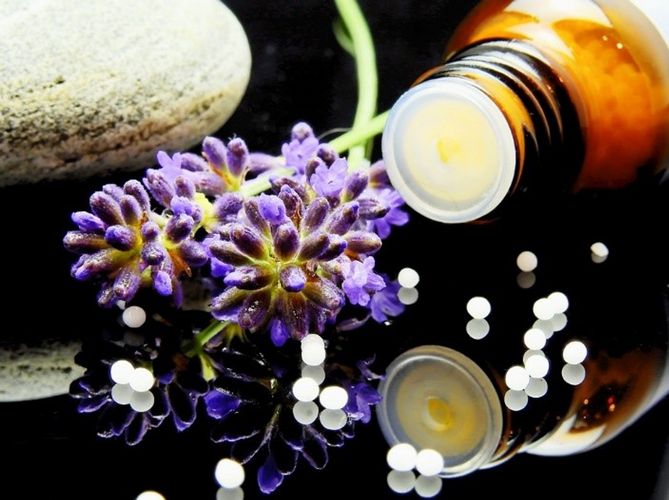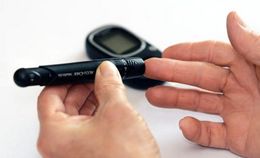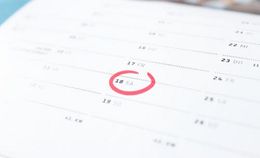Menstrual pain is extremely common, but it’s often not reported at doctor visits[i]. Why is this? Perhaps women just accept menstrual pain as part of the burden of being female, or we don’t expect our pain to be taken seriously, or maybe we are too embarrassed to talk about it. (There is a lot of ancient lore and superstition in many cultures associated with the female menstrual cycle).
Make sure it’s uncomplicated menstrual pain
First, it’s important to verify that severe or rapid-onset menstrual pain is not caused by something else, such as adenomyosis, endometriosis, fibroids, IUD use, cervical cysts or polyps, Irritable Bowel Syndrome, Pelvic Inflammatory Disease, scarring or excessive dieting. Some of these conditions can remain undiagnosed for long periods so ask your licensed provider to oversee the appropriate tests in order to rule them out.
Conventional medical treatment for uncomplicated menstrual pain includes prescription medications, and hormonal birth control is also frequently recommended.
Assessing your menstrual pain
For those who wish to avoid drug therapies, integrative care, including homeopathy, has a lot to offer.
A homeopath will ask many specific questions about your menstrual pain: how long you have been experiencing it, the exact sensation (stabbing, sharp, burning, aching, etc.), how the pain rates on a scale of 1 to 10 (this helps later in determining if there has been improvement), the precise location (e.g. if there is a dominant side, whether the pain radiates elsewhere), the timing (e.g. several days before your periods starts, after the flow starts, etc.), if there is a time of day or night when it’s worse, how long the pain lasts (hours or days), whether the pain has responded to any previous treatment (e.g. over-the-counter or prescription drugs), if there is anything you do that makes it feel better (e.g. a hot compress, massage, lying in a fetal position, exercise, etc.), what makes it worse, and finally, if you experience other symptoms along with the menstrual pain (e.g. vomiting, headache).
The initial assessment is always holistic, so your homeopath will as much as possible want to get to know you as a unique individual: what you do in your leisure time, the nature of your relationships, and perhaps about your childhood as well. S/he will also do a head-to-toe review of systems.
Constitutional and acute care
Your homeopath will attempt to match the pattern of your pain and other symptoms as well as your unique history with a single “constitutional” remedy. This could be a one-time dose, or a daily, weekly or monthly dose. Other lifestyle changes might be suggested such as nutritional, simple supplementation and daily exercise. Later, you might be asked to take a concurrent low-potency homeopathic remedy to help support the uterus.
Your homeopath may prescribe a different “acute” remedy to use on or before the onset of menstrual pain, so that you might get some immediate relief[ii]. If the pain is severe, you may be asked to take a dose every 15 minutes for an hour or two. A castor oil pack applied topically until 3 days before your period can also help mitigate pain.[iii]
Monitoring progress
You might be asked to meet with your homeopath or report in after each menstrual period in order to gauge improvement and determine if the constitutional or acute remedy needs to be adjusted. Your description of the pain will be compared with the baseline (including the intensity ranking from 1 to 10).
Be prepared that sustained improvement may take a few months since menstrual pain can occur for brief periods, and episodes can be several weeks apart.
For more information, visit my profile, follow me, and learn about WellnessCareOnline, which focuses on balancing hormones, metabolism, weight and mood.
What has provided you relief from menstrual pain?
[i] Hong Ju Mark Jones Gita Mishra. “The Prevalence and Risk Factors of Dysmenorrhea”. Epidemiologic Reviews, Volume 36, Issue 1, 1 January 2014, Pages 104–113.
[ii] Lynn Amara. Acute Therapeutics for the Homeopathic Practitioner. 1996
[iii] I am indebted to Karen Allen CCH for much of the information in this section.




















